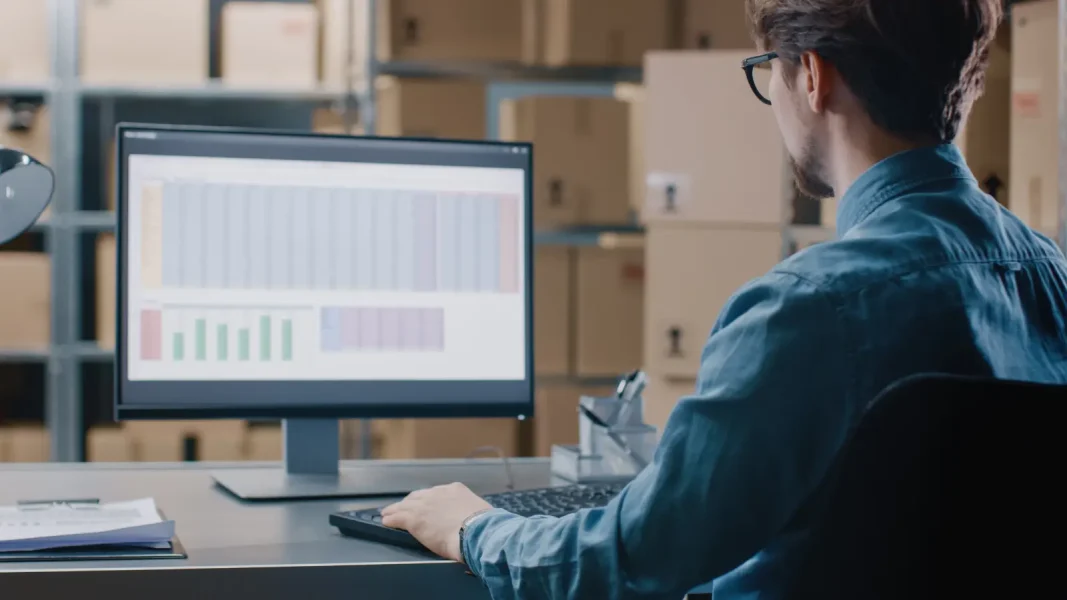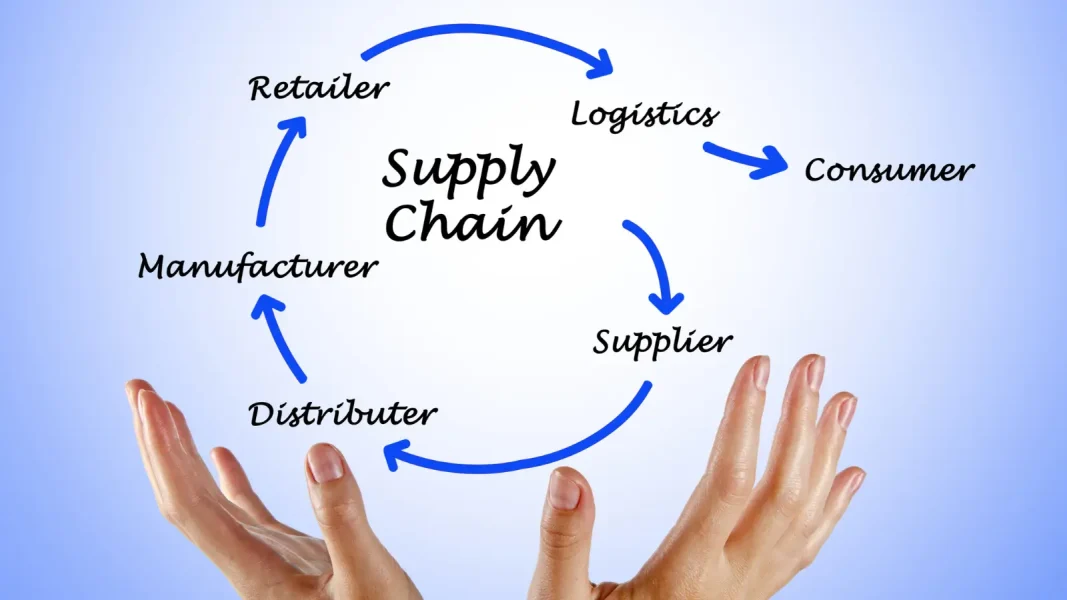In retail, pricing is one of the most powerful levers retailers have to attract customers, increase sales and maximize margins.
In addition to setting competitive prices, based in particular on competitive analysis, your prices must also be consistent. That’s why range consistency is becoming a priority for retailers.
In practice, range consistency involves implementing an approach to maintain a uniform price structure within the entire range of products.. In other words, each product in the same category is assigned a price that aligns consistently with the other products in the range.
This approach has a profound impact on the brand’s price image and margin mix.
In this article, find out why range consistency has become a cornerstone of retailers’ pricing strategies, and our tips for optimising it.
What is a range ?
When we browse the shelves of a store or browse an e-commerce site, we are immediately immersed in a vast universe of products. They are designed to meet our needs, desires and preferences. At the heart of this shopping experience lies a fundamental concept: range management.
A range is a set of products or services offered by a retailer. It encompasses a multitude of choices, from color and size. From the color and size of a garment to the flavor and size of a food product. Or the functionality of an electronic device. Range breadth is the backdrop against which the consumer’s buying experience takes shape. It’s much more than just a collection of products; it embodies a brand’s vision, pricing strategy and identity.
In this article, we dive into the crucial importance of range consistency in retail. We’ll explore how a carefully crafted range can influence consumers’ purchasing decisions. But also strengthen a brand’s reputation and contribute to the company’s longevity, with a positive impact on sales.
So what does range consistency really mean, and why is it so essential in an increasingly competitive market? That’s what we’re going to find out over the next few pages.
Why is range consistency important ?
TO REINFORCE THE BRAND'S PRICE IMAGE
Range consistency, essential in range management, consists in maintaining a coherent price structure between the products offered in the same range. This approach has This approach has a significant impact on the brand’s price image.. However, not all points of sale are concerned, as retailers place less emphasis on the coherence of their product ranges.
Consistent prices reinforce consumer trust in the store. in the sign. Your prices are more understandable and logical in their eyes. They know what to expect, which makes their buying decision easier.
Let’s take an example of inconsistent pricing. Let’s imagine that, in a store, the price per kilo of a 500-gram tub of butter is higher than that of a 250-gram tub. The consumer realizes that it’s more expensive to buy one large packet than two small ones. You generate incomprehension and annoyance because these prices are counter-intuitive. And your price image suffers.
One of the objectives of range consistency is therefore to avoid confusion among consumers, who, faced with an inconsistent range width, might otherwise hesitate or look for alternatives.
TO OPTIMIZE THE MARGIN MIX
Beyond its impacts on the price-image and purchase decisions, range consistency can be a lever for gain on the margin mix.
Pricing strategy is a key profitability driver for retailers. In particular, the margin rate, an important indicator for players in the sector, is determined by two factors:
- Product sales levels
- The margin level of each product
Variations in product sales levels make up the margin mix. When you change the price of a mid-range product, this change has an impact on sales. Not only of the product concerned, but also of other products in the same product line. If your approach doesn’t take account of range consistency, you run the risk of unbalancing your sales structure and margin mix.
This is why it is recommended to link products in the same range. In this case, when you change the price of one product, the prices of the other products in the range align and your mix remains consistent.
By focusing on range consistency, it is easier to guide the consumer towards the products with the best margins (regardless of the price).
How can you keep your ranges consistent to optimise your pricing strategy ?
DEFINE THE LINKS BETWEEN PRODUCTS
To maintain range consistency, the first step is to define links between products offered and matching criteria. This is what we call as internal or vertical chaining (or linking).
For example, you can define classic chaining based on criteria such as :
- Format or volume: for example, 250 gram or 500 gram butter packets, or a pack of 5 pens or 10 pens.)
- Type of brand : private label / national brand
- Colour or flavour: for example, strawberry yoghurt / raspberry yoghurt
- Promotion (“giraffe” product, batches, etc.) versus the back of the shelf
Other, sometimes more complex, criteria can be used, such as :
- Product origin,
- The fact that the product is strategic for you,
- Whether he’s at the end of his life,
- …
You can set rules or apply coefficients between linked products to ensure that your prices evolve consistently within ranges.
For example, volume-based chaining could imply a 10% reduction in price per kilo or unit with each switch to a larger format. This makes prices consistent and transparent for consumers.
By diversifying the width of your range, you also maximize coverage of market needs, while positioning your offers in an attractive mid-range.
STANDARDIZE THE NOMENCLATURE OF PRODUCTS
Often, the difficulty in linking products lies in the lack of harmonized product labels.
Upstream, retailers need to work on standardizing product labels. This will enable them to harmonize product names, making it easier to link and compare products in the range. Harmonization should cover not only the wording, but also the grammage and other linking criteria, thus covering the total number of specifications to be standardized.
Having your own repository is an essential prerequisite for applying automatic range consistency rules and to ensure better visibility at the point of sale.
Understanding the advantages of pricing
When it comes to pricing, the traditional approach is to establish rules between products. For a long time, the prevailing approach was to define a “master product” (for example, Coca-Cola in the “soda” category) in a category and align the prices of “slave” or “related” products.
The approach has now been refined. In their pricing strategies, companies are establishing more complex links between products. They define coefficients to define price corridors. As soon as the price of a product changes, the coefficients are applied to related products, thus ensuring price consistency across the entire range.
The importance of cascade chaining
One of the most powerful strategies for ensuring range consistency in retail is what is known as “cascade chaining”.. This approach involves organizing products within a range so that they complement and harmonize with each other in a logical and attractive way.
Imagine choosing a set of sheets for your bed. If the colors, patterns and sizes of the sheets are carefully matched you’re more likely to buy the complete set. That’s where cascade chaining comes in. Each product in the range is designed to encourage the consumer to consider buying other complementary products.
Cascading links create synergy within the rangeIt stimulates cross-selling and increases the average value of transactions. It also enhances brand visibility and recognition. A coherent, comprehensive range conveys an image of professionalism and attention to detail.
Why automate range consistency?
Save time on chaining - linking
Many retailers still perform their chaining (alphabetical sorting) manually, within their Excel spreadsheets. The disadvantage is that each time a new modification is made, everything has to be reviewed and checked.
They invest a lot of time and energy in a necessary but tedious and repetitive task. The lack of harmonized labelling increases the risk of errors or omissions. As a result, certain related products may be overlooked, undermining range consistency.
The range consistency and linking module Optimix XPA, offers label standardization and automatically manages intra- and inter-product links. The solution records, saves and perpetuates manual chaining work initiated by the customer, and completes it as required.
Automatically propose consistent prices in line with changes in pricing strategy
With inflation, retailers are changing their prices much more regularly than in the past.
It is therefore essential to be able to react quickly and change prices without error, while maintaining the coherence of ranges .
With this in mind, an automation solution enables you to dynamically readjust your prices on the basis of the dependency coefficients you decide to apply. This automation also helps reduce storage costs by optimizing the number of product lines and adjusting stock levels according to sales forecasts and product seasonality.
The Importance of the Margin Mix
When it comes to range management, the notion of “margin mix” is central. Margin mix refers to the distribution of products within a range according to their respective profitability. In other words, it’s a question of deciding which products will generate the most profit compared to others. But also to see how this distribution can be optimized to maximize overall profits.
This strategic component is often underestimated, but its impact on a company’s profitability is considerable.
1. Profit maximization
The margin mix enables retailers to prioritize high-margin products, i.e. those that generate more profit per sale. A well-balanced product range, in which high-margin items are emphasized, can significantly boost company profits.
This approach often involves carefully selecting flagship products and high-end items, while avoiding diluting margins with low-profitability products.
2. Reducing low-profitability products
Margin mix also offers the opportunity to rationalize a range by eliminating or reducing products that generate little profit margin. This can free up financial resources to invest more in more profitable products, or in improving the overall customer experience.
3. Strategic thinking
Managing the margin mix requires in-depth strategic thinking. It’s essential to take into account factors such as consumer demand, competition, production costs, and even market trends. Companies need to remain agile, ready to adjust their margin mix to changing market conditions. Offering the right range is crucial to staying competitive.
Ultimately, the importance of the margin mix cannot be underestimated in the context of range consistency in retail. By judiciously balancing product profitability and adjusting the range accordingly, companies can not only increase profits, but also improve their ability to respond to changing consumer needs, while maintaining a strong, consistent brand image. Range depth plays a key role in a company’s ability to offer a variety of products that cater for different market segments.
It’s an essential part of the overall assortment management strategy for modern retail players.
----------------------------
By maintaining consistent prices between products within a range, retailers reinforce their price image, inspire consumer confidence and optimize their margin mix.
However, manual management of assortment consistency is tedious and error-prone, especially when price readjustments are more frequent than in the past.
To achieve greater consistency, efficiency and responsiveness, automated pricing is now essential. A solution like Optimix XPA improves label standardization and facilitates chaining between mid-range products and other categories. It allows you to calculate prices automatically when you change your pricing strategy.
Ultimately, the aim is to achieve complete automation of your range consistency, giving you absolute confidence in product interdependence and guaranteeing that prices always remain consistent when you modify your pricing strategy.
Is range consistency an issue for you? Are you planning to automate it?
Contact one of our advisors, or request a demo!






